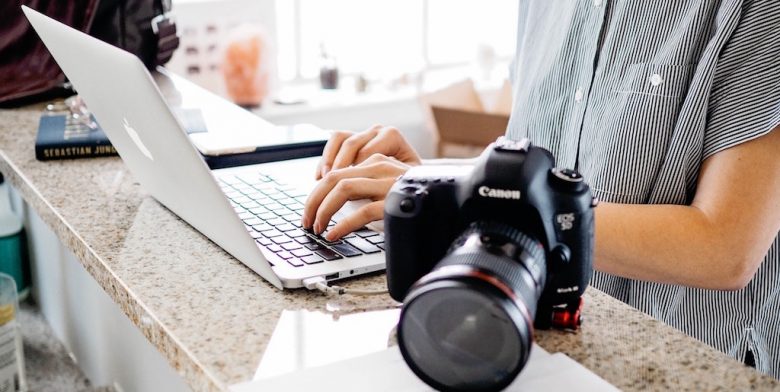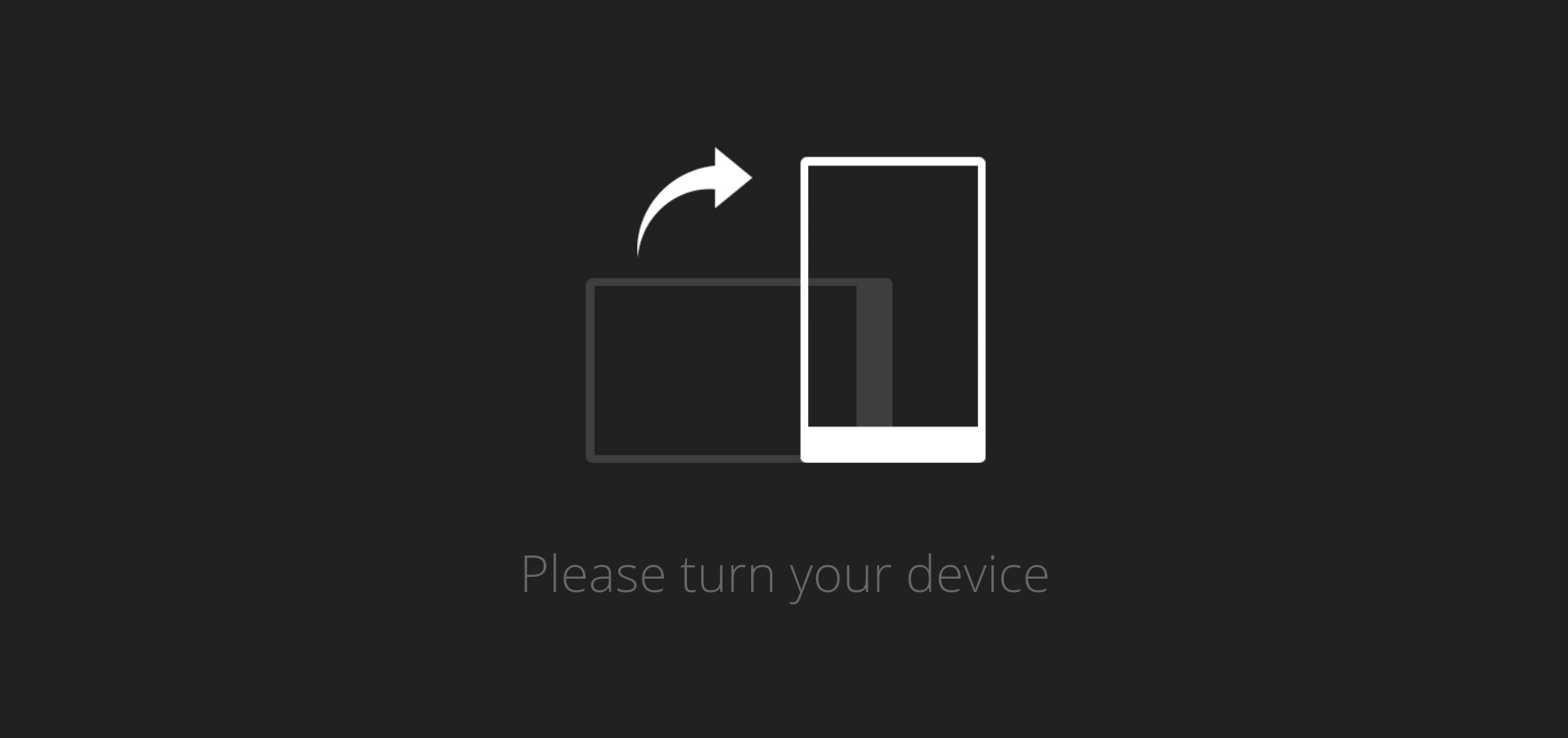
How To Make Your Side Hustle Look Good Online, According To The Experts

AUSTRALIA’S LEADING DESIGN SCHOOL SINCE 1987
Chances are you’ve had a bit of time on your hands recently. Maybe you picked up an old hobby in iso, maybe you turned that hobby into a side-hustle… maybe that side hustle even turned into a main hustle.
Whatever you’re doing now, it will definitely benefit from a bit of love online. To help you out, we asked some of Billy Blue College of Design at Torrens University’s photography grads and students for their best tips and tricks for looking good online.
Pick a style and stick to it
“The most impactful thing that you can focus on is creating a brand identity,” says photographer Aiden Hudson-Davies, a Photography graduate from Billy Blue College of Design. “You might be selling a product, but at the end of the day, you’re selling your brand.”
Some tips: minimise any distractions from your product, get any branding or logo front and centre, and keep it consistent. “That could be something as simple as using similar backdrops for each of your photos or adding borders to your images.”
Put your best face forward
It can be daunting putting yourself out there but, for many side hustles, it’s helpful to put a face to a name. “The two main factors of headshots, and honestly portraits in general, are lighting and framing,” Aiden says.
Honey Skinner, who is studying a Diploma of Photography and Photo Imaging at Billy Blue, suggests “something other than a mug shot angle and pose”. And, as for lighting: “try to recreate the natural fall of light (angled from above)” and “focus on the eyes and try to catch a little light in them.”
Get comfortable with a camera
With the IRL world still mostly shut down, online engagement has never been more important. “When you are recording yourself talking to your audience (and, in my view, you should do at least some of this in most videos), engage with the camera as though you were engaging your friend – look at it and talk to it in the same way,” Honey says. “This makes it easier for your audience to engage with you.”
Aiden gives the same advice for photos: don’t be uptight. “Whether you’re taking a photo of yourself or someone else, have fun with it. If you or your subject is stressed, you can usually tell in a photo.”
Keep it simple
If you’re promoting your work on Instagram, go easy on the filters. It’s not 2013 anymore – Valencia is not as cool as it used to be. “The biggest mistake almost everyone makes in their first few attempts at editing photos is oversaturating,” Aiden says. “Try to make your photos look realistic.”
There’s also no need to jump straight into fancy equipment. “A smartphone is definitely enough to begin, especially if you pay attention to lighting and composition,” Honey says. She suggests saving for a DSLR “when you are making the money to cover the investment, or when absolute quality is not negotiable” (i.e. event photography).
Upgrade your skills
It’s never too late to take your side hustle to the next level. Honey is studying while working full-time in another industry. Her long-term goal is to move into a career in photography. Aiden quit his job in finance to pursue a Diploma of Photography and Photo Imaging at Billy Blue. Now he’s making a documentary.
“I had no experience in photo or video editing software, and now I’m using half a dozen Adobe programs a day,” he says. “Your anxieties and insecurities are the only things holding you back. I had no confidence at the beginning of my diploma and now I’m a professional – working and creating in a field that gives me so much fulfilment and joy.”
“I was taught how to be confident in my art. That is the best part about studying at Billy Blue.”
—
—
Lead image: The Creative Exchange / Unsplash
